Leading the manufacture and supply of New Zealand's most innovative on-ground agricultural diesel stations.
Designed for on farm and in sizes from 200L to 4800L, Sebco stations are proven and trusted by thousands of customers since 2007. To us, it's all about fuel and fluid quality and making sure your expensive machinery and vehicles get the cleanest fuel every fill.
Our robust polyethylene construction and components won't degrade, rot or rust, even in the most demanding conditions. Every Sebco station is New Zealand Made, by Kiwis, to stringent ISO-9001 & Australian and New Zealand Safety Standards. Every station is tested and certified NZ WorkSafe and EPA Compliant – that’s guaranteed!
This unique bunded design leads the market with features such as:
- Condensation control
- Spill containment
- Stowage
- Weather
- Dust proof design
- Access control
- Night light
- Pump and metering options
The End of Tripod Tanks... Really?
The health and safety issue around tripod farm tanks has been around for some years now with committees such as Fuel Distributors Industry Safety Committee and WorkSafe highlighting the seriousness of such tanks.
The issue has come to the forefront again when a recent incident took place where a fuel tanker driver was called out to a farming property in New Zealand to fill their tank. Upon trying to fill the tripod overhead tank, the tank collapsed mid-fill. The root cause of this collapse was due to significant corrosion to the legs of the tank.
Check Out Our Most Popular Models:
1,000L Sebco
The Fuelchief Sebco 1,000L stationary diesel tank is a sturdy, double-walled, environmentally friendly tank for the storage of diesel. These tanks are used by a variety of industries including farms and light construction sites where a low-cost option is ideal to keeping your fuel asset safe and secure.
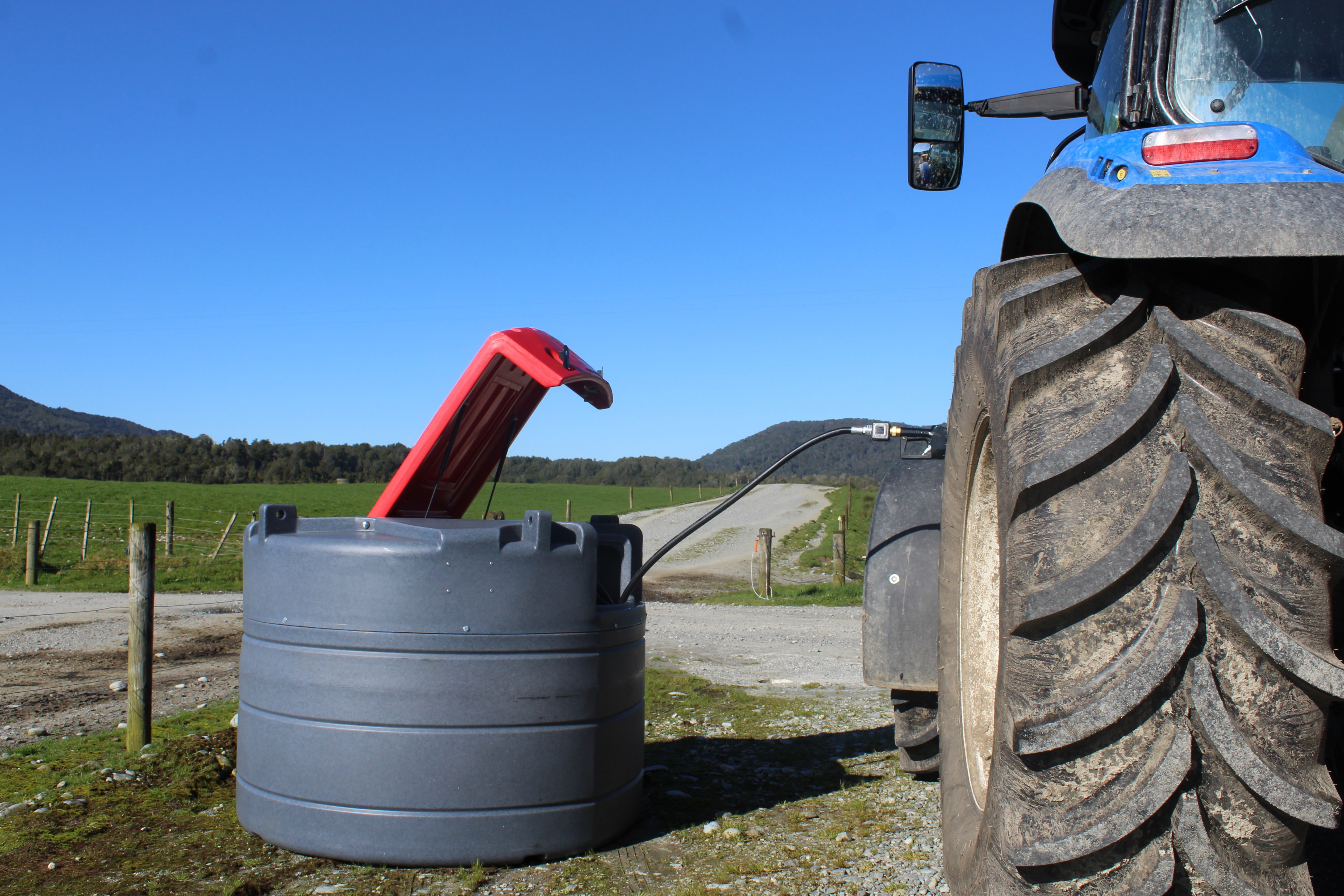
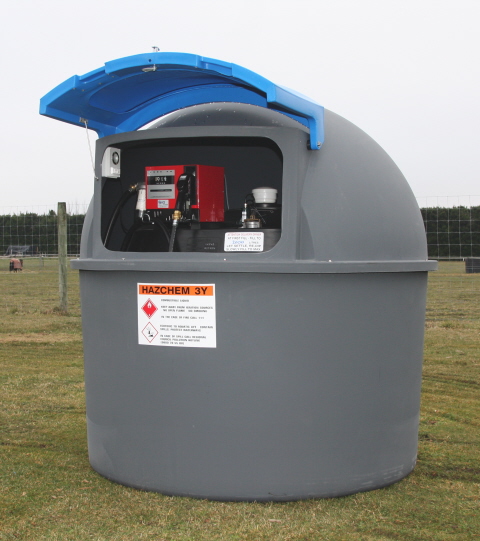
2,300L Sebco
The Sebco 2,300L tank is a compliant above ground diesel tank for use on farms and in industrial situations across New Zealand. These self-bunded polyethylene tanks are cost effective, easy, safe and are efficient to fill and dispense from. They're guaranteed to keep your fuel clean and secure, are tough and will not rust or leak.
4,800L Diesel
The Sebco 4,800L diesel tank is a compliant above ground, self-bunded tank made from polyethylene, for the use on farms and in industrial situations all over New Zealand. These tanks are cost effective, easy, safe, and are efficient to fill and dispense from, and are guaranteed to keep your fuel clean and secure, are tough and will not rust or leak.
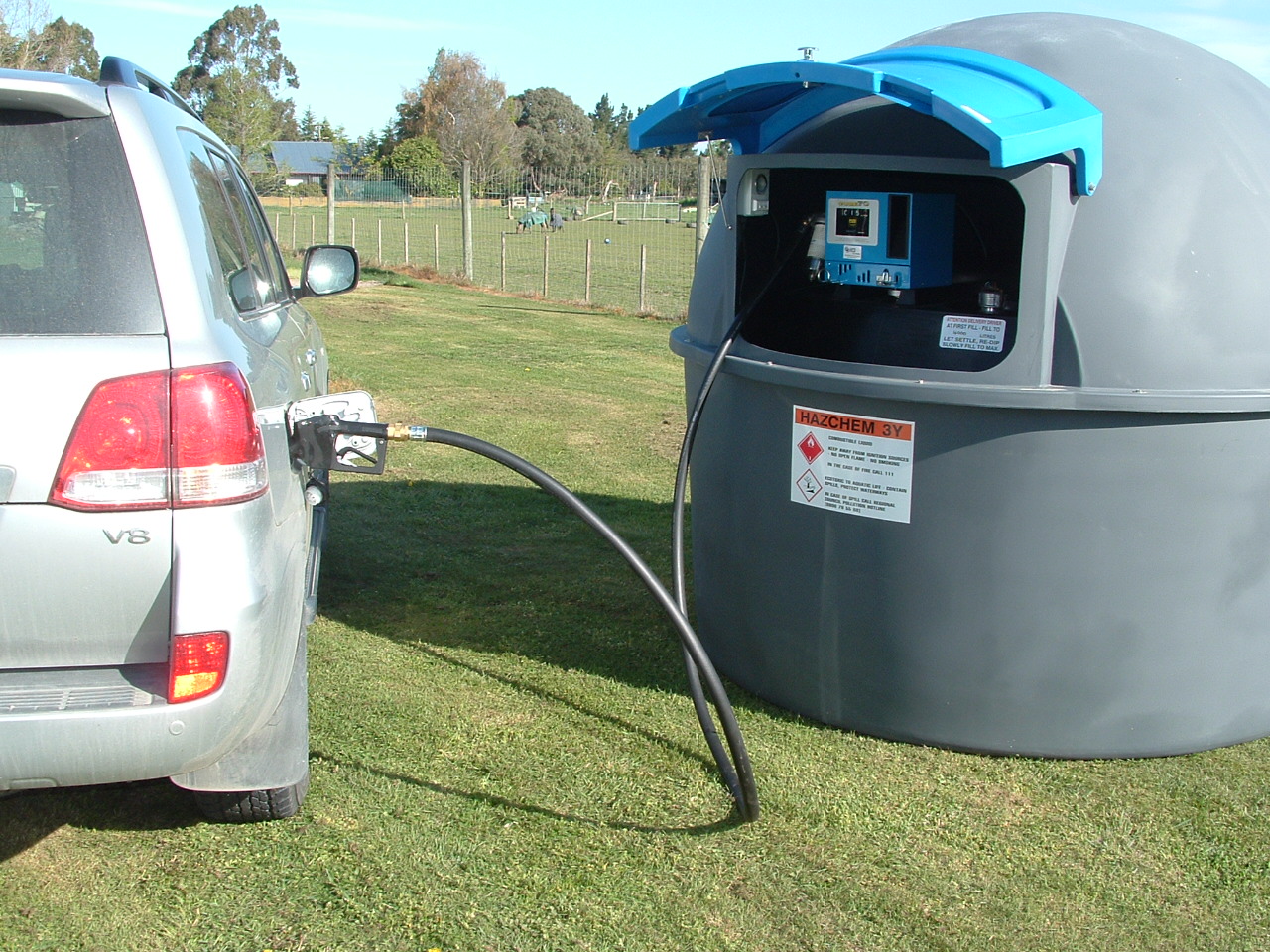
Did You Have a Question?
If the site is zoned 'Rural' and is a minimum size of 4 hectares, the maximum diesel storage quantity is 1,000L for single skin tanks. Aside from this, the legislation does state, "If the fuel is stored so a spill will not endanger buildings, streams or water bodies, these requirements are only needed if you store 2,000L of diesel." In other words, you could store up to 1,999L of diesel on your farm in a single skin tank of you meet these conditions.
If storing 2,000L or over, you will need a self-bunded tank.
Click here to see what Worksafe say to help you further.
These tanks are also known as 'double-skinned' tanks. They are designed with the inner (primary) tank being encased by an outer (secondary) tank which will contain the total volume of the primary tank should it ever fail. This design ensures compliance if you require larger amounts of fuel to be stored. Self-bunded tanks have an air cavity between the tanks and this also reduces the possibility of condensation which is an added benefit meaning better quality fuel for longer.
An alternative to a self-bunded tank is to have a single skin tank in an open bund. this is quite legal and a well-priced option, however the bund will collect water and fuel residue, and can tend to get quite messy.
Click here for more information on bunding or secondary containment requirements.
A range of options are available, depending on the fuelling system on your tank. For above ground gravity tanks a steel lock box over the outlet valve with a padlock is a common solution. the same solution can be used for engine pump systems. For electric pumps an isolating switch can be located in a secure locked area, eg. in a nearby shed where the power is sourced from.
Fuel theft continues to be a major issue in all parts of the world. As thieves are finding trucks and vehicles harder and harder to steal worthwhile quantities of fuel from, they are therefore targeting farms, building sites and depots that aren't manned or safeguarded. Another reason why fuel theft has risen over the years is possibly in relation to the rise in fuel prices. As the cost of diesel increases, so does the chance of criminals targeting an exposed fuel tank.
Click here to see 10 ways to prevent fuel theft on your farm.
Fuel storage and handling is hazardous because petrol and diesel are flammable. You can control these risks by storing fuels securely and safely. Separation distances are the minimum distances required between fuel sources and other properties or activities.
Click here to see what more Worksafe say about this to help you.
Minimum separation distances apply between diesel and petrol tanks and this depends on the capacity of each tank and the location on your farm. All our sales consultants are trained and can assist you with the most suitable solution for your farm.
Click here to see what Worksafe say about separation distances.
A simple mechanical or battery-operated flowmeter can be installed in the fuel like which recorded the quantity of fuel taken at each transaction. This can be recorded in a notebook. Electronic fuel management systems are available which also provide extra security where the pump won't start until a valid PIN number or electronic key tag is presented. This system also records the date, time, operator ID, vehicle ID and fuel quantity taken which can be uploaded to an electronic software system or website for allocation and reporting.
A stationary tank that is part of a stationary container system must meet a certain criteria:
- The tank must be designed to an approved standard.
- The design for the tank must be approved by a compliance certifier.
- The tank must either be built to an approved design by an approved fabricator or treated as a one-off and individually approved.
- The tank must be installed according to the Health & Safety at Work (Hazardous Substances) Regulations 2017.
More useful links to help you on ensuring your tank is compliant:
http://www.legislation.govt.nz/regulation/public/2017/0131/latest/whole.html#DLM7310760
All Fuelchief tank products are fully compliant with New Zealand law and our staff are trained to help you place the right tank for your situation.
Tanks under the 5,000L threshold don't need certification, however they still must be located in line with the required separation distances depending on the tank capacity and the fuel type it holds.
Click here to learn more about varying sizes of tanks and what site compliance may apply to you.
If a fuel tank is connected with piping to an item like a generator, boiler or burner, it must have seismic restraints installed. This is to ensure that in an earthquake the stress of possible lateral tank movement doesn't cause the piping to break and leak fuel.
Fuelchief have a range of approved seismic restraint systems and can advise what you may require for your application.
Some Of Our Transportable Options...
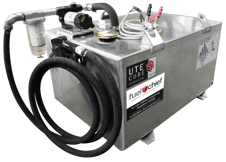
Fuelchief Utecube Express 250L
The Fuelchief Utecube Express 250L is a mid-sized fueling solution for the serious user. Big machines needing longer run times, therefore the Utecube Express 250L is a must to keep you moving.
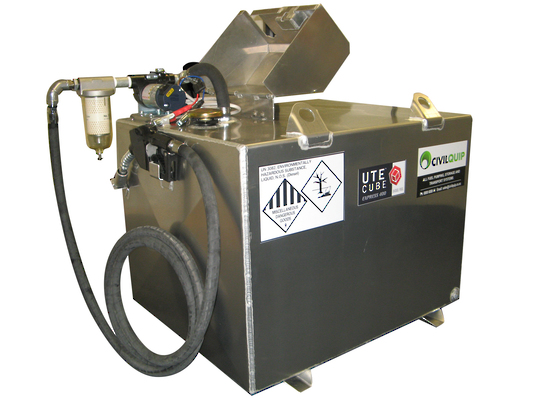
Fuelchief Utecube Express 400L
The Fuelchief Utecube Express 400L is a sought-after tank for businesses who need fuel fast. While compact, the Utecube still remains snugly fit between the wheel arches of most common utes and offers good visibility through the rear window to ensure peace of mind.
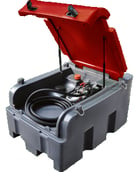
Fuelchief 200L Poly Diesel Tank
The Fuelchief Fortis 200L tank range combines strength and security when it comes to its fuel storage capacity. Made from industrial materials, this user-friendly tank is perfect for your diesel fuel storage requirements.
.jpg?width=142&height=176&name=FUELCH~1%20(1).jpg)
Fuelchief 400L Poly Diesel Tank
The Fuelchief Fortis 400L tank range combines strength and security when it comes to its fuel storage capacity. Made from industrial materials, this user-friendly tank is perfect for your diesel fuel storage requirements.
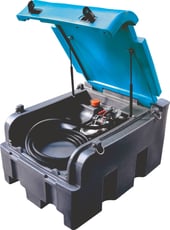
Fuelchief Blue 200L AdBlue Ute Tank
The Fuelchief Blue Ute tank range combines strength and security when it comes to its fuel storage capacity. Its made from industrial materials and is a user-friendly tank for your AdBlue storage requirements.
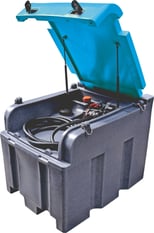
Our Prices Include Freight NZ Wide!
Meet our driver, Tony...
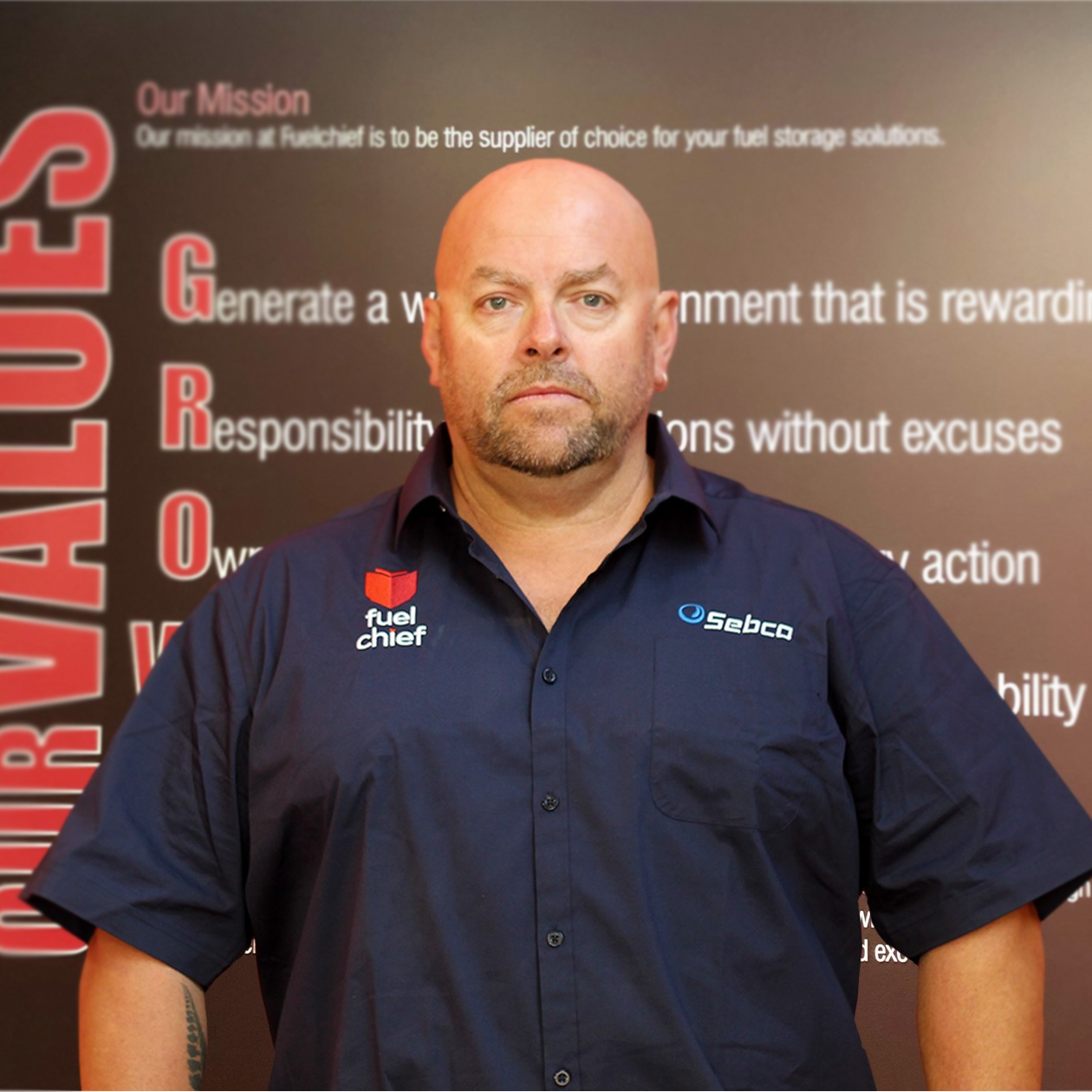


.jpg)


